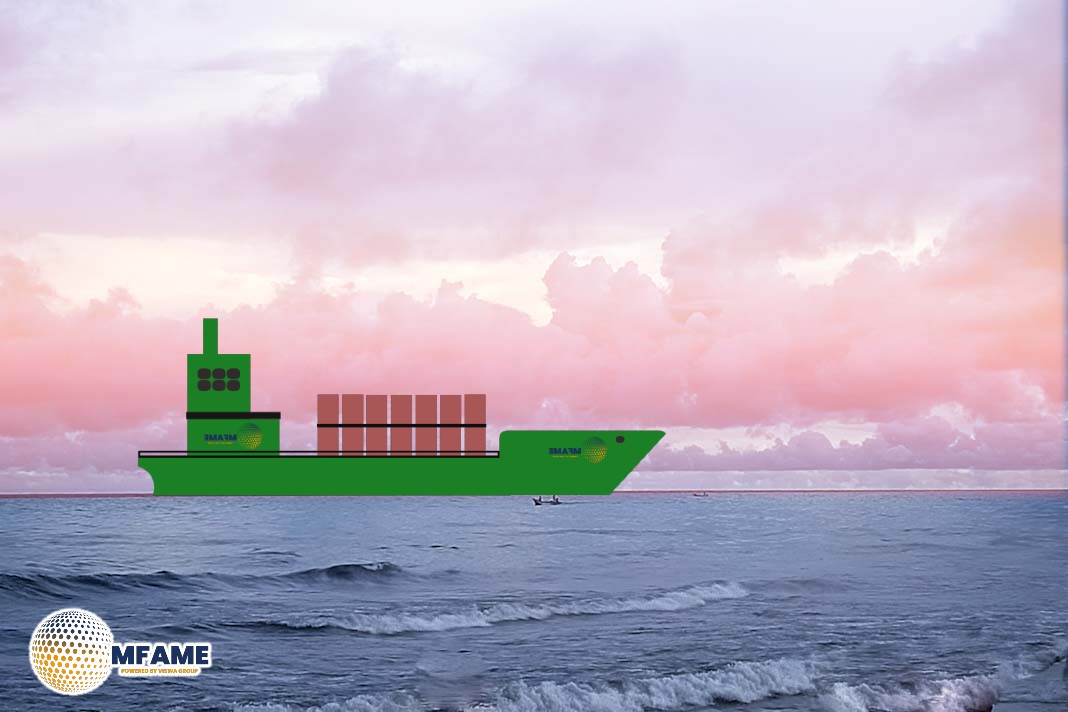- Maritime transport accounts for 14.2% of the EU’s transport CO₂ emissions, with emissions increasing since 2015.
- Methane emissions have doubled between 2018-2023, while NOx emissions continue to rise, despite some control measures.
- Water pollution from grey water and ECGS discharges is increasing, but satellite technology is improving oil spill detection.
The maritime sector remains a significant contributor to pollution in the EU, responsible for a growing share of CO₂, methane (CH₄), and NOx emissions, reports EMSA.
Key Findings from EMTER 2025
While efforts like SOx Emission Control Areas have reduced sulfur emissions by 70% since 2014, other pollutants continue to rise.
The increase in water discharges, underwater noise, and oil spills highlights the need for stronger regulations and mitigation strategies.
Rising CO₂ and Methane Emissions from Maritime Transport
With 137.5 million tonnes of CO₂ emitted in 2022, the maritime sector is one of the EU’s largest transport polluters, second only to road transport.
Methane emissions have surged, making up 26% of the transport sector’s total methane output in 2022, reflecting the growing use of liquefied natural gas (LNG) as fuel.
SOx Emissions Drop, but NOx Pollution Persists
Thanks to Emission Control Areas (SECAs) in Northern Europe, SOx emissions have dropped by 70% since 2014.
However, NOx emissions have increased by 10% across the EU between 2015-2023, with new restrictions in the North and Baltic Seas struggling to make an impact due to slow adoption rates among ships.
Water Discharges and Oil Spill Detection
Operational discharges from ships—including grey water, sewage, bilge water, and scrubber wash water—continue to pollute EU waters.
Open-loop ECGS discharges make up 98% of permitted waste, and greywater discharges have surged 40% from 2014 to 2023, largely due to the cruise industry’s expansion.
Meanwhile, advanced satellite technology is now detecting smaller oil spills, helping authorities monitor illegal discharges more effectively.
Underwater Noise Pollution from Shipping
New pan-European models reveal that underwater radiated noise (URN) is highest in the English Channel, Strait of Gibraltar, Adriatic Sea, and the Baltic Sea.
Forecasts suggest that technical and operational changes could cut URN by up to 70% between 2030 and 2050, reducing environmental impacts on marine life.
Did you subscribe to our daily Newsletter?
It’s Free Click here to Subscribe!
Source: EMSA
















